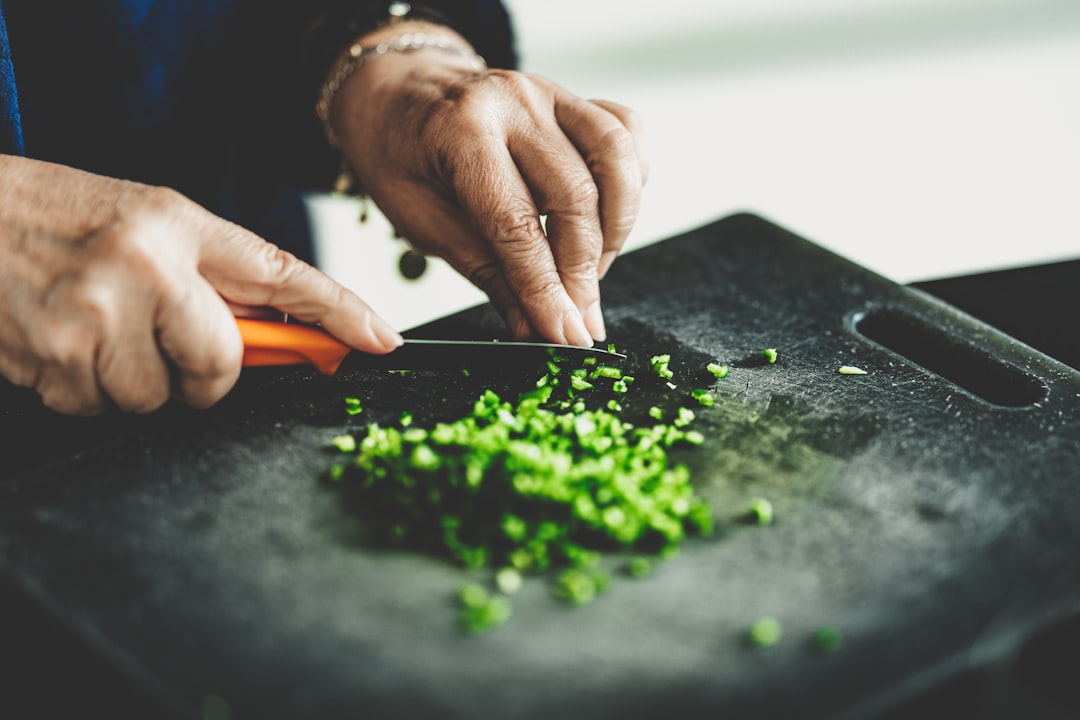The Orange - Your Culinary Companion

Oranges are not just a delicious and refreshing fruit; they are also a versatile ingredient in the kitchen. Whether you're a seasoned chef or a novice cook, there's an orange variety out there that's perfect for your culinary creation. In this guide, we'll explore the different types of oranges and how to use them in various cooking methods.
First, let's talk about the most common types of oranges. Navel oranges are perhaps the most well - known. They are large, seedless, and have a sweet, juicy flavor. The easy - to - peel skin makes them a great choice for eating fresh. Their sweet taste also makes them ideal for juicing. When you juice navel oranges, you get a glass of pure, natural goodness that can start your day on a high note. You can enjoy it on its own or use it as a base for smoothies. For example, blend navel orange juice with some frozen berries and a banana for a nutritious and delicious breakfast smoothie.
Valencia oranges are another popular variety. They are known for their high juice content and are often used commercially for orange juice production. Valencia oranges have a slightly tart flavor, which adds a nice balance to sweet dishes. If you're into baking, Valencia orange juice can be used in cakes, muffins, and even in glazes for pastries. For instance, you can make a Valencia orange cake by substituting some of the milk in your cake recipe with freshly squeezed Valencia orange juice. The result is a moist, flavorful cake with a hint of citrus.
Blood oranges are a unique and visually stunning variety. They get their name from the deep red color of their flesh, which is due to the presence of anthocyanins, a type of antioxidant. Blood oranges have a complex flavor profile that combines sweet, tart, and a hint of berry - like notes. They are great for making sorbets. To make a blood orange sorbet, simply blend the juice of blood oranges with some sugar and a little bit of lemon juice. Freeze the mixture, and you'll have a refreshing and healthy dessert that's perfect for hot summer days.
Now, let's move on to some cooking techniques. When it comes to juicing oranges, it's important to use a good quality juicer. You can either use a manual juicer for a small amount of juice or an electric juicer if you need to juice a large quantity. Make sure to wash the oranges thoroughly before juicing to remove any dirt or pesticides. If you don't have a juicer, you can also squeeze the oranges by hand. Just roll the orange on a hard surface before squeezing to break up the juice sacs inside.
In baking, oranges can add a wonderful flavor and moisture to your recipes. You can use orange zest, which is the outer layer of the orange peel, to add a concentrated citrus flavor. To get the zest, use a fine - grater or a zester. Be careful not to grate too deeply, as the white pith underneath the zest can be bitter. Orange zest can be added to bread dough, cookie batter, or even sprinkled on top of a finished dessert for an extra burst of flavor.
When cooking savory dishes, oranges can also play a role. For example, you can make an orange - glazed chicken. Start by marinating the chicken in a mixture of orange juice, soy sauce, garlic, and ginger. Then, bake the chicken in the oven until it's cooked through. During the last few minutes of baking, brush the chicken with a glaze made from orange juice and honey. The result is a juicy, flavorful chicken with a sweet and tangy orange glaze.
In conclusion, oranges are a wonderful ingredient that can be used in a wide variety of cooking methods. From juicing to baking and even savory cooking, there's an orange variety and a recipe out there for everyone. So, the next time you're at the grocery store, pick up some oranges and let your culinary creativity flow.